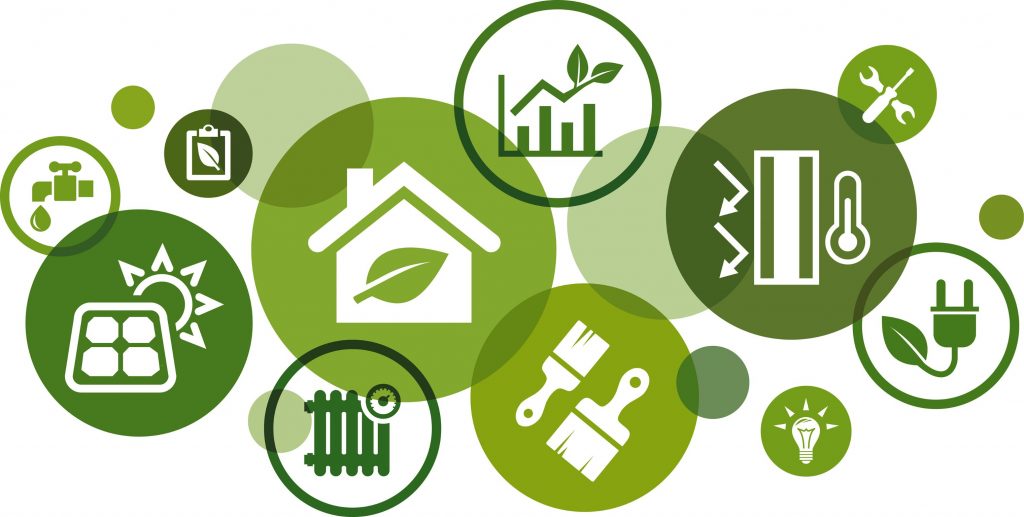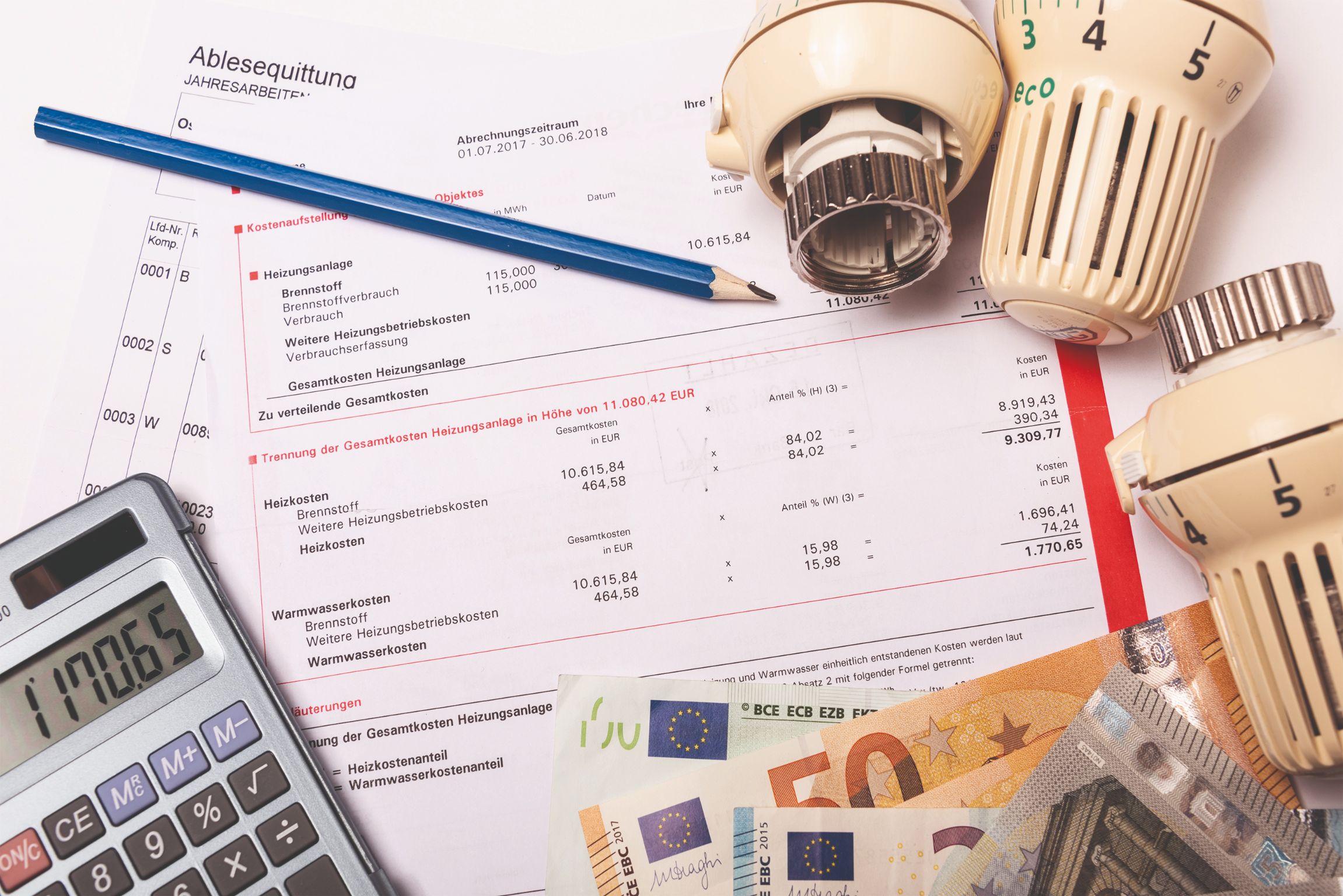
Energy retrofit: what you need to know
In an environmentally and sustainable policy-oriented perspective, energy retrofit is one of the key components of the interventions required by government regulations. It is a process that directly concerns us, as it involves the homes we live in. Let's find out more about it.
What is energy retrofit?
Energy retrofit involves a series of interventions performed on a building to reduce its energy consumption.
It is at the core of various government regulations and laws, aimed at improving the energy performance of residential units. The ultimate goal is to contribute to climate change mitigation by reducing CO2 (carbon dioxide) emissions by 2030, ultimately striving to achieve climate neutrality by 2050.
This initiative aligns with the United Nations' Agenda 2030, which includes the 17 Sustainable Development Goals (SDGs). Energy retrofitting revolves around energy efficiency, which optimises the building energy usage by allocating energy resources in an optimal way.
Energy efficiency essentially means increasing energy output while reducing resource consumption. It works as an indicator of how well a system can optimise its performance.
Energy efficiency is measured on a scale from 0 to 1 or as a percentage:
- 0% means total "waste" and where energy is consumed without producing any results.
- 100% represents optimal efficiency and every energy unit input translates into a tangible outcome.
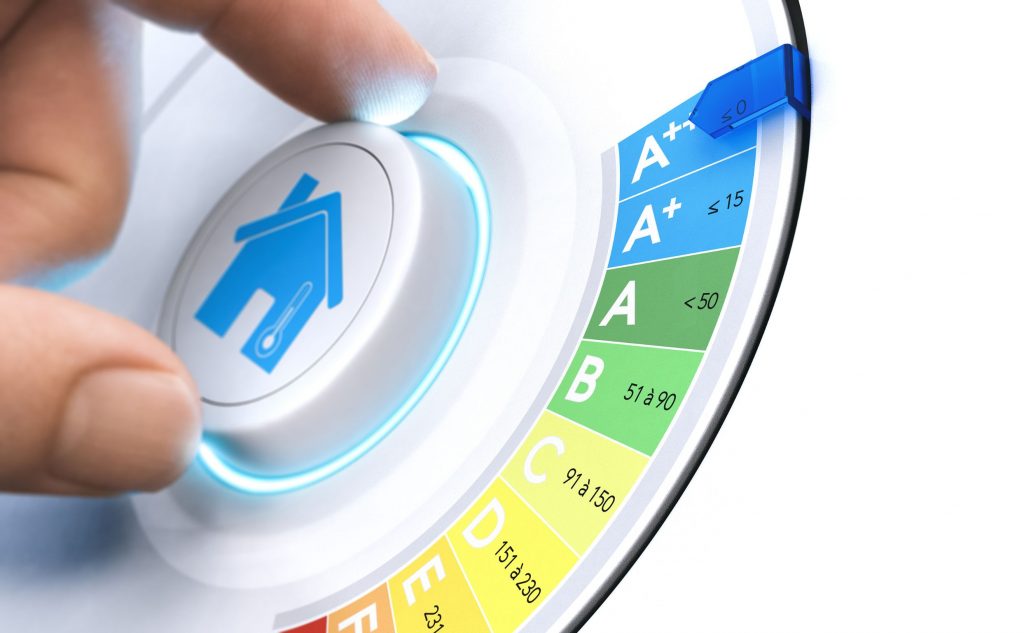
How do you retrofit buildings for energy efficiency?
Energy retrofit includes various kinds of interventions.
- Firstly, it is achieved by installing renewable energy producing systems, such as solar panels or photovoltaic systems.
- Energy retrofit includes works such as wall insulation or isolation measures like the application of thermal insulation.
- These interventions also encompass the installation of PVC windows, which help to prevent heat loss, or the implementation of renewable energy production or consumption systems.
The two main indoor energy retrofit interventions are:
- the installation (or replacement) of climate control systems;
- the replacement of outdated boilers with heat pump or condensing boiler models.
Additionally, energy retrofit interventions may involve the installation of home automation devices and remote control systems for heating systems.
British energy retrofit policies include a range of financial incentives to support citizens in improving the energy efficiency of their homes:
- Heat and Buildings Strategy with an accompanying £3.9 billion of support.
- it includes nearly £1.8 billion for low-income households through the Home Upgrade Grant and the Social Housing Decarbonisation Fund;
- expanding the Energy Company Obligation to £1 billion per year from 2022-2026;
- setting a 2035 date by which phasing out the sale of new and replacement gas boilers;
- introducing a package of measures to increase deployment of heat pumps to 600,000 installations per year by 2028;
- expanding heat networks through the Green Heat Networks Fund and designating heat network zone;
- NetZero Growth Plan.
What are energy retrofit interventions?
The wide range of interventions that contribute to energy retrofit considers:
- windows’ replacement;
- sunscreens;
- biomass boilers;
- condensing boilers;
- heat pumps;
- home automation systems;
- solar collectors for hot water production;
In order to help households, benefits include:
- zero-rating VAT on the installation of energy saving materials, including insulation and low carbon heating;
- £450 million Boiler Upgrade Scheme so that heat pumps are priced more competitively compared to gas boilers;
- rebalancing the costs placed on energy bills away from electricity to incentivise electrification across the economy and accelerate consumers and industry’s shift away from volatile global commodity markets over the decade.
What is the energy conversion of air conditioners?
Energy retrofit includes the adoption of less polluting air conditioners with lower energy consumption.
Among the solution that can be taken into consideration, we can find:
- air conditioner with low energy consumption;
- air dehumidifier;
- heat pump or thermopump.
Beyond more significant investments, energy efficiency and consumption reduction, following green policies, can also be achieved with some daily adjustments. To limit CO2 emissions, you can intervene in the home heating, avoiding heat loss which, in turn, leads to energy waste.
Smart heating systems, such as thermostatic valves or smart thermostats, allow homeowners to program the temperature for the entire house and individual rooms.
Equipped with remote communication capabilities, these systems can recognize when nobody is at home. The system's usage is then regulated to avoid unnecessary energy wastage, resulting in significant savings in consumption for both the user and the environment.
Other Articles
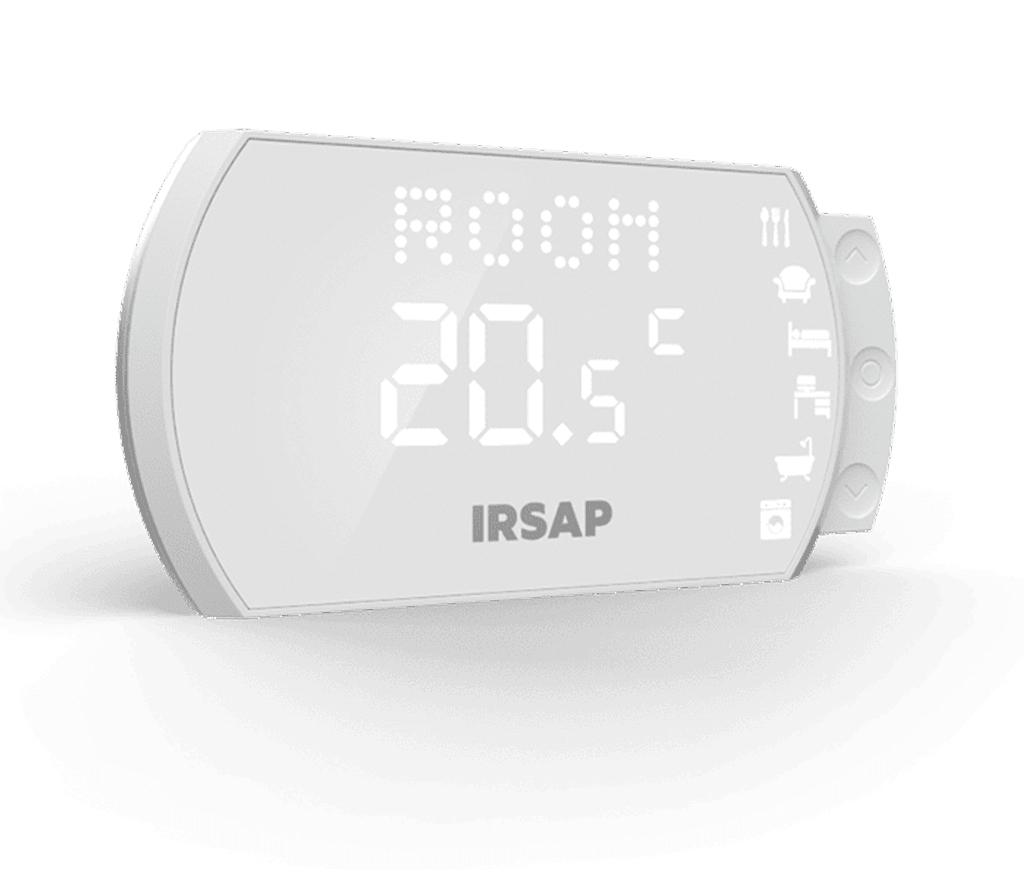
Smart Thermostat
Replace your traditional thermostat with our wireless smart thermostat with advanced functions to easily set the temperature and accurately measure the temperature, humidity level and air quality in your home.
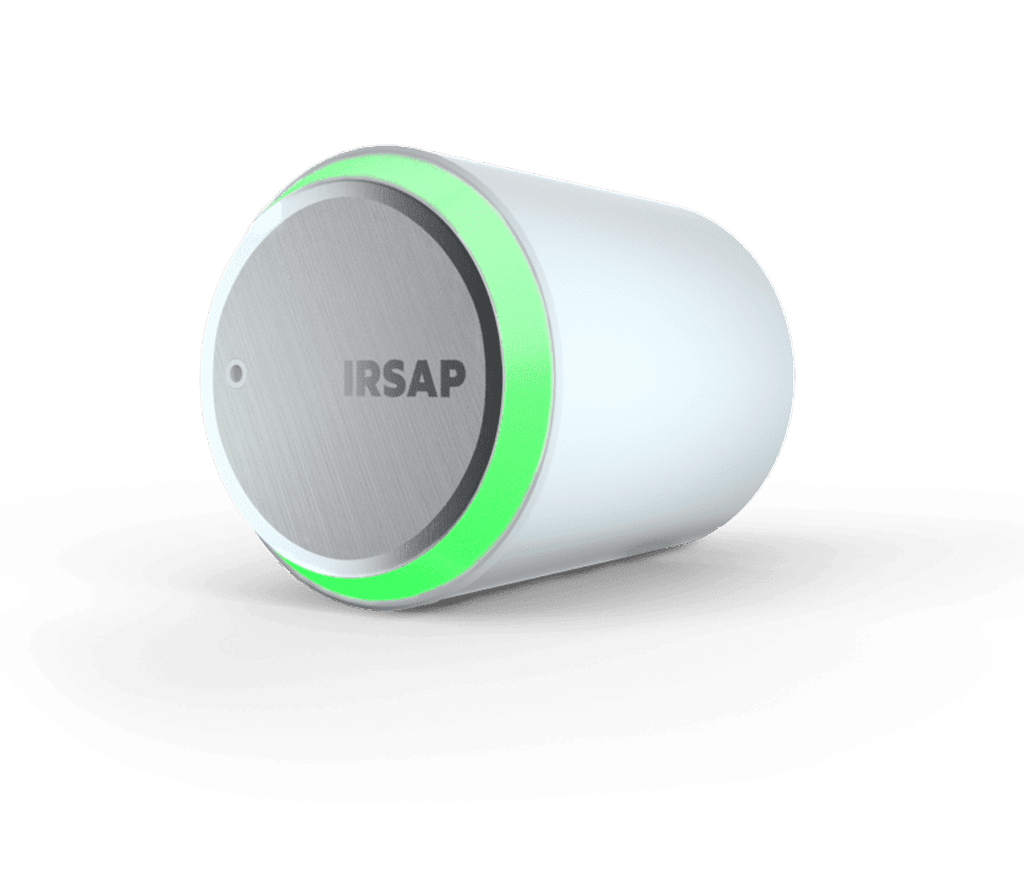
Smart Valve
Control the temperature of each room separately. Our wireless thermostatic valves are compatible with all radiator brands and leading hydraulic valve manufacturers.
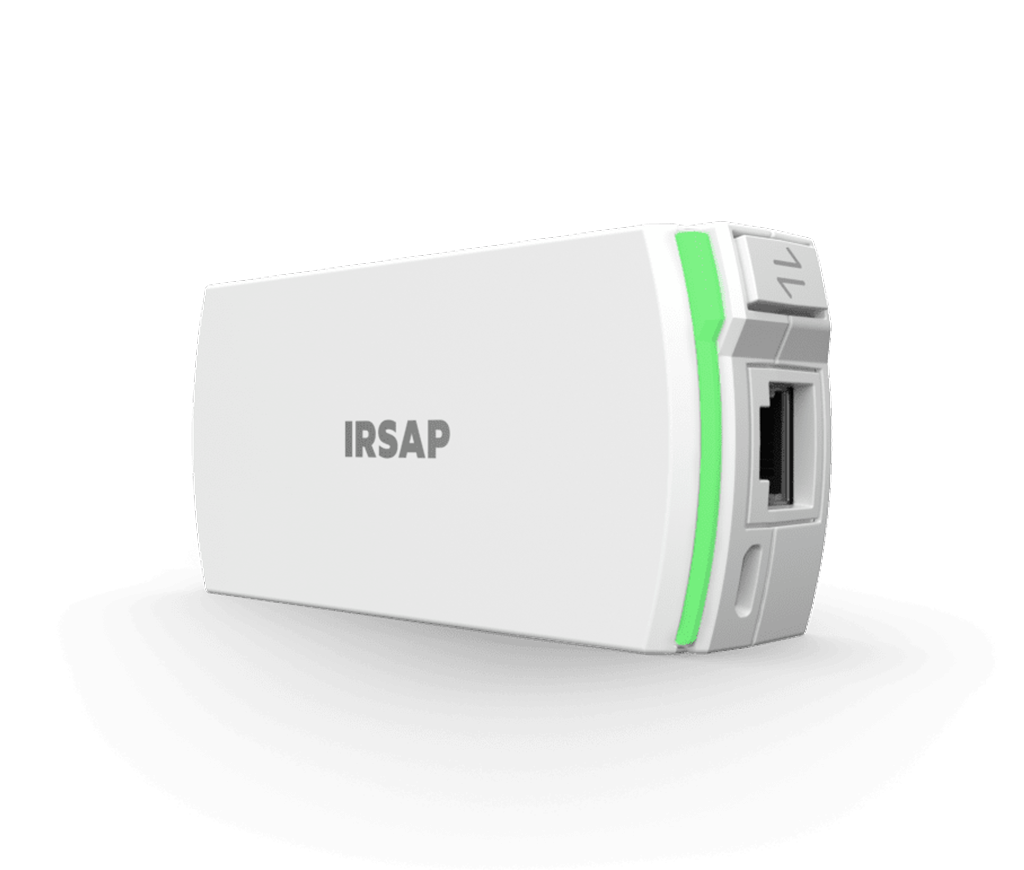
Connection Unit & Repeater
Multi-storey or very large house? Add a Connection Unit to be used in Repeater mode to extend the signal to all rooms and ensure proper communication with other devices in your IRSAP NOW wireless heating system.







